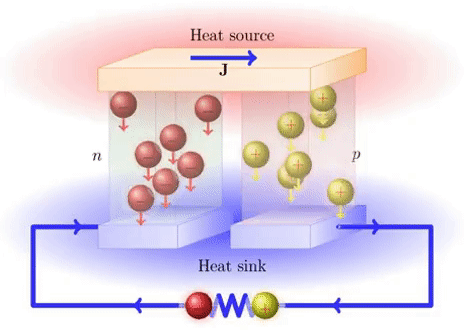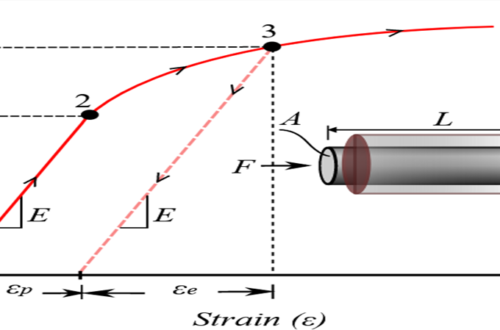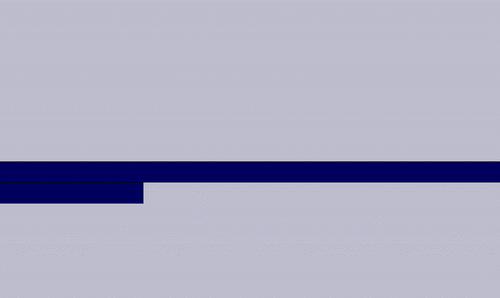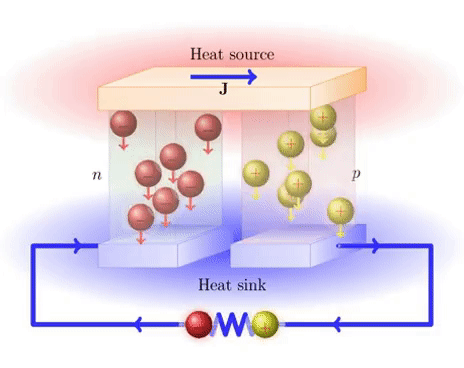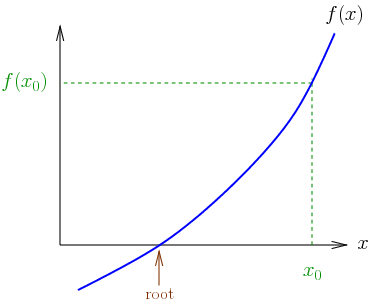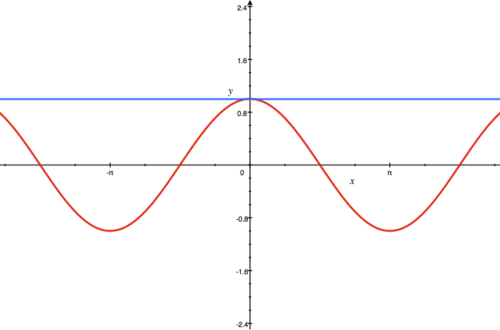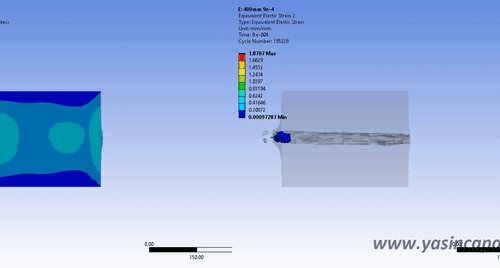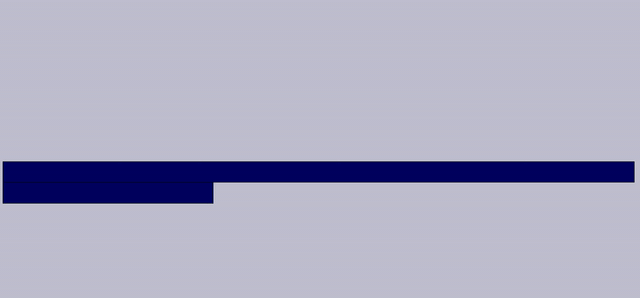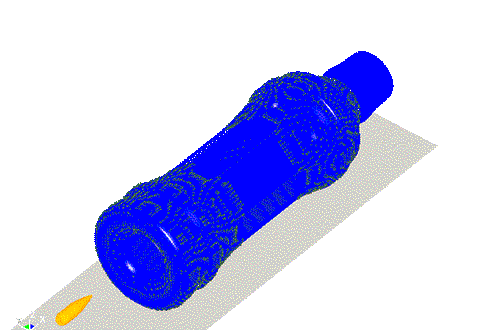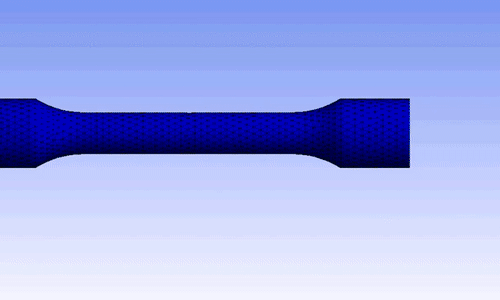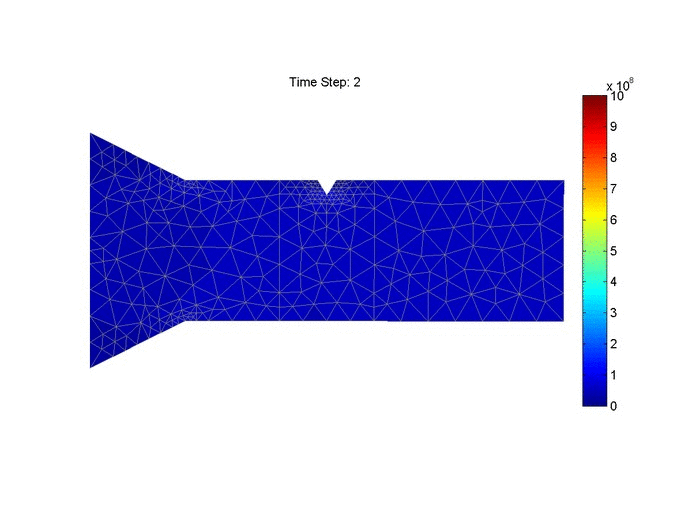A linear FEA study simulates reality only when a number of restricting conditions are defined. These include that all deflections are so small and, that stress and strains induced by loads remain small enough to let their linear relationship (Hooke’s law) hold. A linear analysis could miss the target because it fails to detect the geometry’s unstable regions. In these regions, even a small change in load amplitude could lead to considerable different deformations. Linear finite element method simplifies a lot of things. For instance, the material will never yield resulting in unrealistically high stresses in model. Also, you might not predict failing because nonlinear geometry is not considered. FEA…
-
-
Thermoelectric Effect
Theoretical Framework The circuit, in which both heat and electrical factors coexist, is called a thermoelectric circuit, and a system working with this circuit is called a thermoelectric system. Thermoelectric module consists of n and p type materials. Generally, Bi2Te3 is used as n type material and Bi0.1Sb1.9Te3 is used as p type material. Thermoelectric coolers consist of a large number of thermocouples electrically arranged in series and thermally parallel. Thermoelectric cooler modules are generally produced by placing an equal number of n and p type material pairs (Image 1). In the building area of the figure, the electric current moves through the lower and upper layers of all n…
-
Contact Types and Behaviours in Structural Analysis
In multibody analysis, contacts must be defined on geometries. With contact, boundary and load conditions, DOF (degree of freedom) on geometries need to be identified when we apply a structural analysis on parts, such as linear static, non-linear static, dynamics and so on. The DOF for a node represent the possible movement of the structure. Basically, a shell element has got 6 DOF that 3 translation and 3 rotation movement. DOF also represents which forces and moments are transferred from one element to the next. The results of a finite element analysis, (deflections and stresses), are usually given at the nodes. In structural analysis softwares, the contact is generated by…
-
What is Fatigue?
Fatigue In general, boundary condition loads are at a level that do not cause any damage when applied once, but when repeatedly applied, damage occurs in the form of cracks or fractures. In other words, fatigue is the changes that occur in the internal structure of the material under variable stresses. Life: It is the number of cycles that the machine element can resist until it breaks. Fatigue damage; Breaking a material under variable dynamic loads after a certain period of time is called fatigue damage. Except in special cases, the stress level, which causes fatigue mostly, is less than the yield strength of the material. Material behavior under variable…

